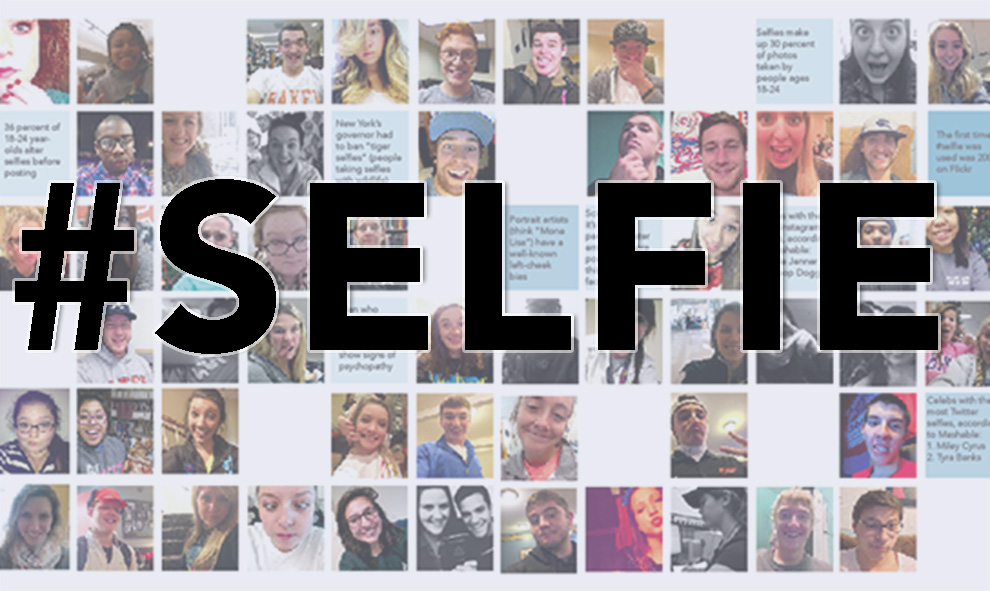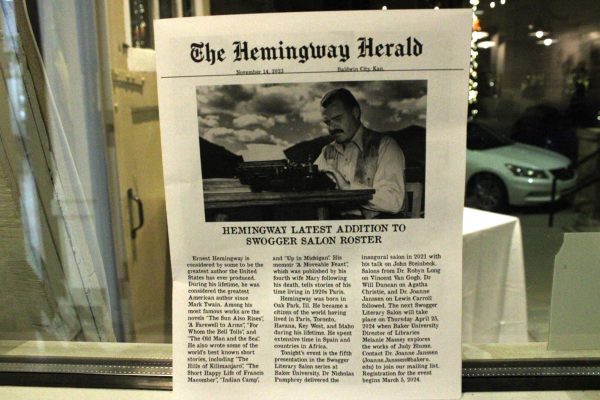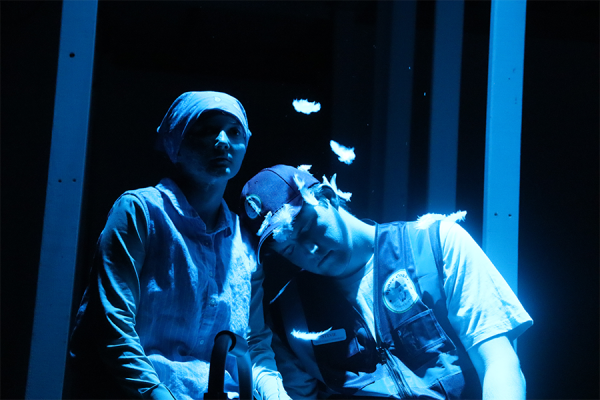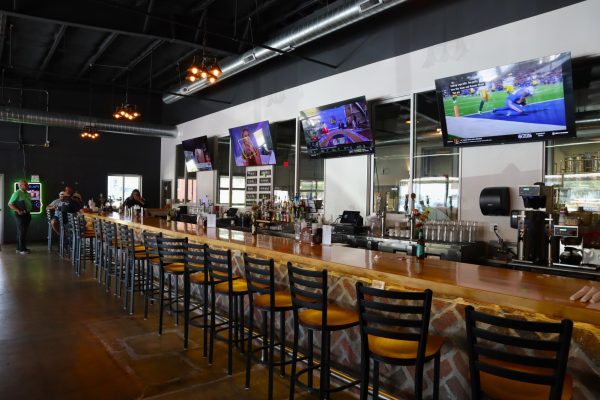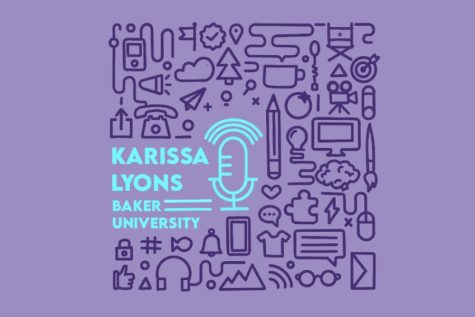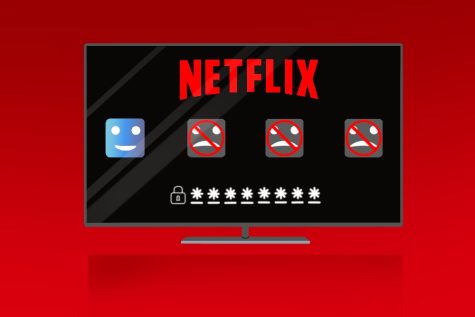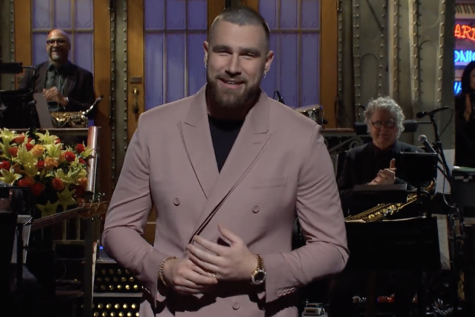The art and psychology of the selfie
January 29, 2015
In 1839, American photographer Robert Cornelius unknowingly started a trend that would span centuries to inspire 21st Century rap music, apps and more. Cornelius took the first self portrait, or what is more commonly referred to as a selfie.
Twitter dubbed 2014 “The Year of the Selfie” after the word was mentioned on the social media outlet more than 92 million times in that year alone. Now more than ever, teens and young adults are engrossed in the art of the selfie.
“With a selfie, you can control the angles. You can control how you look,” senior Jillian Miller said. “When someone else takes a picture, it obviously never looks as good. I don’t really like the way I look most of the time so it’s one of the times that, when I look really good that day, I can document it and post which one I want.”
Miller is an avid Instagram user, posting selfies to her account as she sees fit. But she is not alone; there are more than 35 million Instagram posts containing “#selfie” in the caption.
Junior Nathan Garcia thinks that, in a way, selfies are kind of like a drug for those who indulge. He believes the stereotype that guys should not be too big on posting them, but women are more likely to snap and edit a shot for their followers.
“I think people get hooked on the attention that their selfies get when they post them,” Garcia said. “Whether it’s a guy posting a shirtless one or a girl posting one dolled up, people always comment something nice. Some people need the assurance to feel good about themselves.”
The current generation of college students, now properly termed as “Generation Like” by PBS, uses social media as a means of developing social relationships online, rather than having to invest in interpersonal, face-to-face communication.
Baker University Professor of Psychology Robyn Long showed the “Generation Like” PBS documentary to her Human Development class last year. Long believes that five years ago, she would have classified selfie-takers as narcissistic or, in nicer terms, early adopters of technology.
Today, Long thinks this previous narcissism has become the new norm.
“Instant feedback is really intoxicating for people,” Long said. “I also think social media interestingly gives us the opportunity to share the best or most important part of our lives and gives us the chance to tell the part of our lives to make it sound better.”
This intoxication, according to Long, comes from the idea that the more likes a photo gets, the more valuable a person feels.
“I think it means you have a lot of social capital,” Long said. “People who are getting more likes appear to be people who are better liked in the social world.”
Based around the psychological idea called the relative deprivation principle, people evaluate their lives and subsequent satisfaction according to the information they receive from their peers. Long believes many of the selfie-takers are fixated with being popular online. They may hope that 40 likes on a selfie translates into popularity on a college campus, but rarely is that the case.
Miller thinks there is an affirming feeling attached to the number of likes she gets on a post.
“It’s always a confidence boost to get likes on a picture, but I think it’s half me wanting to like validate myself and prove that ‘yes, you are pretty,’” Miller said. “My friends know I’m pretty. They know what I look like, but (posting selfies on) Instagram is mostly for me.
More than that, Miller believes there is an art attached to the process.
“I think everyone definitely has an angle that they think is the prettiest,” Miller said.
A study of female selfie behavior in five different cities around the world found that women in Sao Paulo, on average, tilt their head 16.9 degrees when taking selfies. Women in New York, however, only tilt 7.9 degrees, and women in Minneapolis showed no tilt at all. Miller said that, for her facial features, tilting her head is the most flattering angle for her.
The problem with this “art,” according to Long, is that it gives an unrealistic representation of someone’s life.
“I think the stories we tell allow us to make meaning of our lives and meaning is a good thing, but I also think we get this skewed view of how great everyone’s life is,” Long said. “When I see a selfie, I know they spent three hours getting ready, but I think they automatically woke up like that.”
While Garcia thinks selfies can be cool and a relatively accurate description of someone’s life, moderation is needed in a world of openly social media.
“If you post these pictures over and over, people get used to them and you (as a person) become less interesting,” Garcia said. “You gotta leave something to the imagination.”
All in all, Long, as well as the rest of the academic community, is just waiting to see where this selfie phase goes.
“I think it’s a unique experience to this group of adolescents,” Long said. “I don’t think there is any generation prior that has had any experience like this.”



